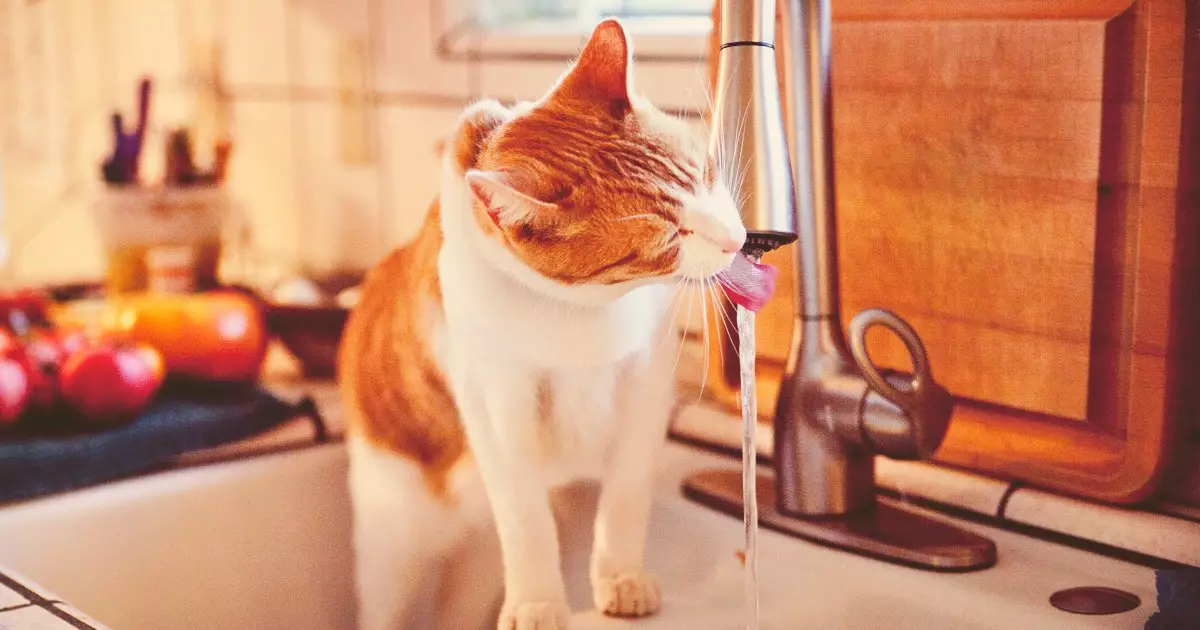Cats have long been regarded as mysterious creatures, often resisting our attempts to fully understand their behaviors. One such enigmatic habit is their relationship with water. While some cats are notoriously finicky about drinking enough, others may show an unusual propensity to drink more than normal. If you’ve observed your feline friend approaching their water bowl—or even your glass of water—with increased frequency, it warrants closer attention.
Hydration is critical for all pets, and discerning changes in drinking behavior is essential for their health. Unlike dogs, who often exhibit visible signs of thirst and need, cats can be stealthy about their habits. Thus, a sudden shift in their drinking pattern—especially if it surpasses usual limits—could indicate an underlying health concern that requires investigation.
Signs of Concern: What To Look For
A single day of increased thirst may not be alarming, but a prolonged period should raise red flags. Cats can be masters of disguise when it comes to their health, so it’s crucial for owners to note any behavioral shifts. Increased thirst is typically characterized by excessive drinking, frequent visits to the water source, and potentially increased urination. In combination with other signs such as weight loss or lethargy, these symptoms can provide crucial insight into your cat’s well-being.
Three primary health issues are often linked to excessive thirst in cats—kidney disease, diabetes mellitus, and hyperthyroidism. Kidney disease is particularly prevalent among middle-aged to senior cats and can manifest through increased thirst and urination, often seen alongside weight loss. On the other hand, diabetes may reveal itself similarly, but it can also lead to severe complications if left unchecked.
Taking Action: When to Consult Your Veterinarian
Prompt veterinary attention is advisable if you notice your cat exhibiting these symptoms over an extended period. A veterinarian can conduct essential tests, including blood work and urinalysis, to diagnose the issue accurately. Early intervention is paramount, especially in cases like kidney disease, where outcomes improve significantly with timely management. For diabetic cats, neglecting treatment could result in serious conditions such as diabetic ketoacidosis, which poses life-threatening risks.
Furthermore, while less common, increased thirst can also signal other serious conditions such as urinary tract infections or even certain cancers. Therefore, it’s prudent for cat owners to remain vigilant and proactive about their pet’s health.
A cat’s hydration habits can often be deceptively subtle, but any noticeable shift, especially an increase in thirst, should not be overlooked. By staying aware of these changes and seeking veterinary assistance when needed, cat owners can help ensure their beloved companions lead healthy and fulfilling lives. Monitoring your cat’s drinking behavior, along with other potential symptoms, is both a responsible and caring approach to pet ownership. Remember, when it comes to your feline friend’s health, vigilance truly is the key to prevention.
